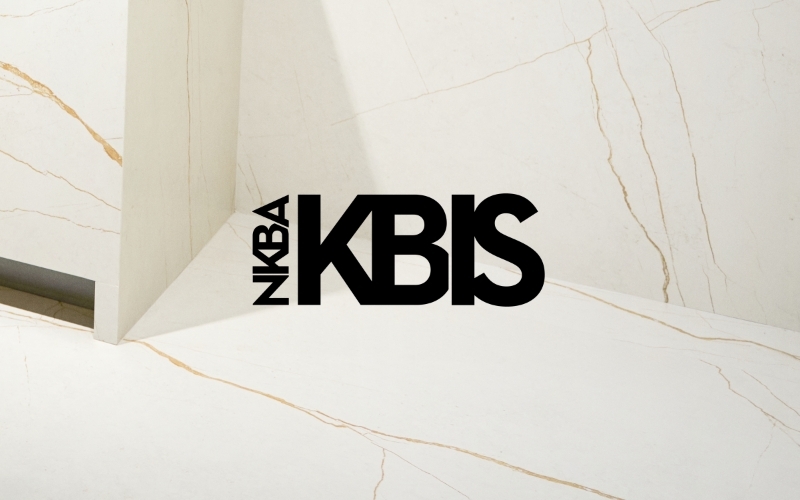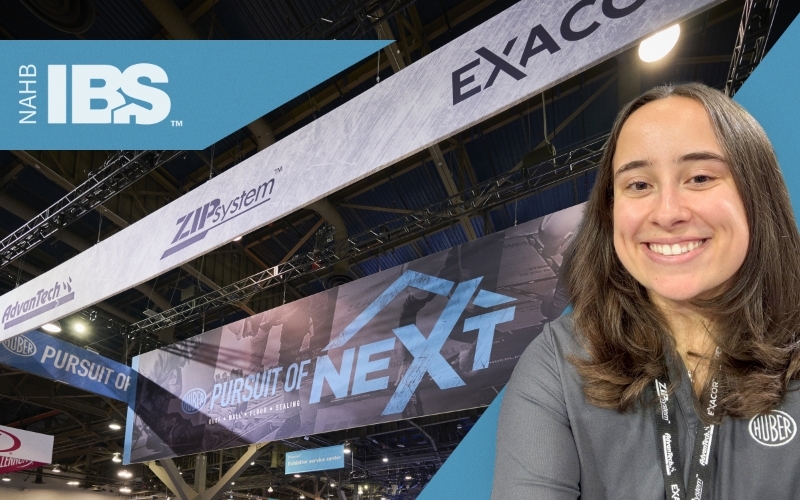Brand Strategy
In a digital world that is changing at lightning speed, where marketing agencies are clamoring to modernize and remain relevant, account planning remains at the core. In fact, strategic planning has become even more paramount in an ever-changing industry and increasingly fragmented marketplace.
However, the practice of traditional planning is evolving. No longer is planning simply a vetted insight — an early step that inspires the brief and ultimately drives and nurtures the creative idea. Instead, it now sits squarely at the intersection of brand, consumer research, channel planning, UX/CX, data and analytics. In new age marketing, conventional planning has emerged from the starting point of engagement to the constant red thread that connects all points across the entire brand experience, encompassing media moments that range from micro to seismic.
Beyond consumer insights
Planning in the traditional sense has long had many interpretations. But gone are the days when agency planners conducted a bit of research, dug deep for an interesting and unique consumer insight and co-authored the creative brief with the account lead. While those steps still happen in most instances, they’re now driven by a discipline characterized by increased rigor and renewed energy.
At its core, advertising planning should still be viewed through the eyes of the consumer. But think about what that notion means today.
- Consumer viewpoints are much wider and somewhat frenetic.
- Splintered channel choices, evolving technologies and social media behaviors have created a whole new horizon for marketers to analyze.
- The consumer journey, which was once linear before migrating to a more circuitous model in the digital age, is becoming more indicative of a spiderweb path to purchase. Moreover, that process happens at an accelerated pace.
- Combine all of this with the amount of consumer perception and behavioral data that is now available, and planning has taken on yet another layer of complexity.
When to call the planner
Years ago, we called on the planner at the inception of the project. They were involved in the internal kickoff, creative briefings, work development and, usually, client reviews. Today, we commonly pine for the planner’s input at all points of the process.
This merging of discipline engagement can go both ways. For example, involving creative thought leadership in the upfront consumer research and journey specifications can yield great value as can vetting hypotheses with a UX designer early in the planning process. The number of customer touch points has increased exponentially, and a ubiquitous approach to understanding that engagement provides all stakeholders shared equity in the decisions and outcomes.
A new breed of planners
Today, the sheer complexity of consumer information consumption drives the need for seasoned, well-rounded and diverse marketing strategists who understand the cross sections of creative ideas and business planning. The customer journey now starts much sooner, the touch points are numerous and one small misstep along the way can be devastating.
Classic strategic planning still requires trendspotting, cultural intelligence and an acute understanding of human behavior. However, modern-day planners must also understand how to tell the story across a much wider and more intricate landscape and follow a more complicated road map to the ultimate goal.


